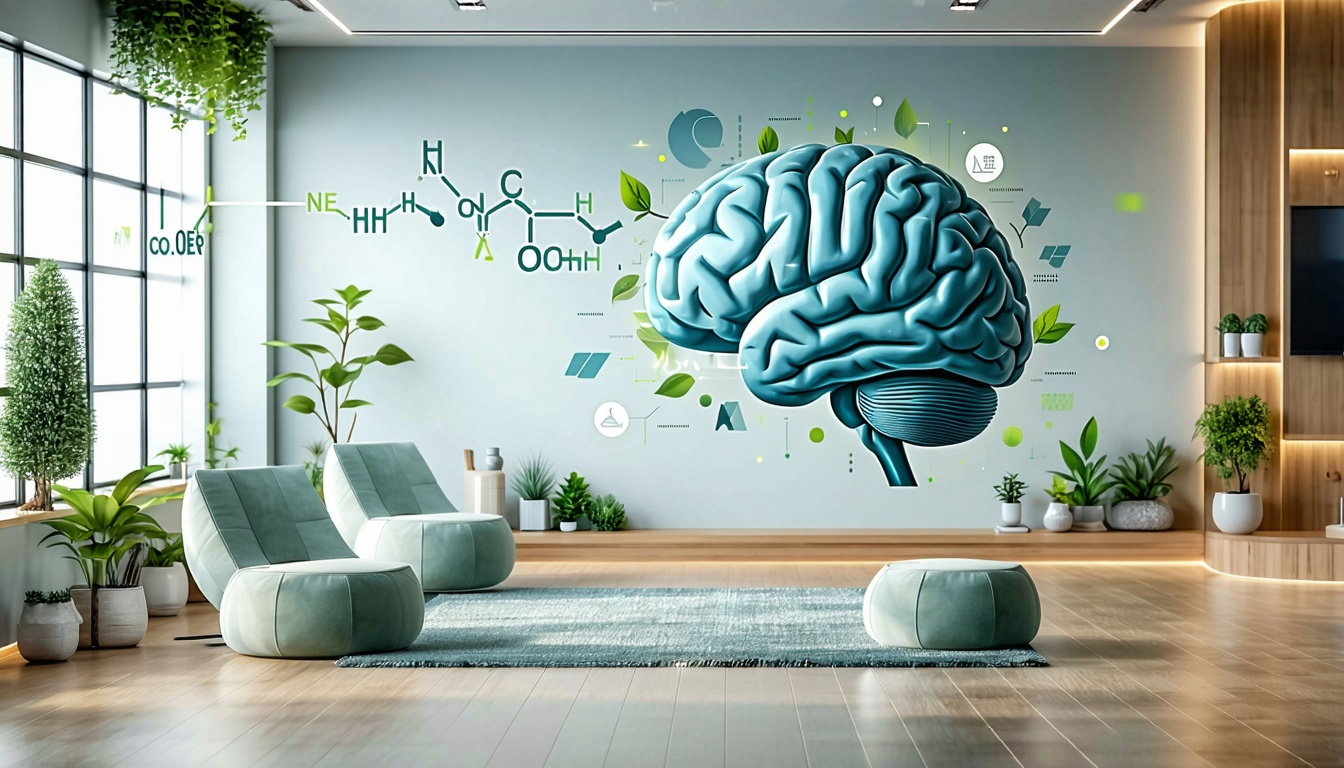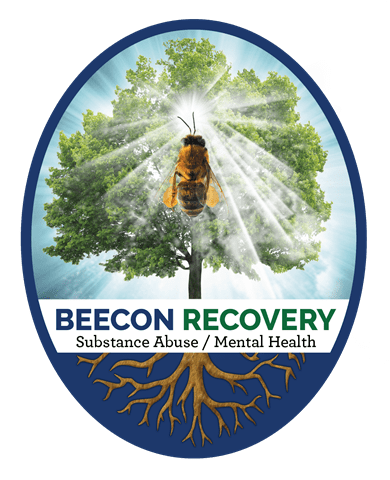Understanding Ketamine-Assisted Therapy
What is Ketamine-Assisted Therapy?
Ketamine-assisted therapy is an innovative treatment approach that combines the administration of ketamine, a medication traditionally used as an anesthetic, with therapeutic support. This method is being adopted in mental health care for its potential to address various mental health conditions, including depression, anxiety, and PTSD. The therapy includes carefully monitored sessions where ketamine is administered in a controlled environment, allowing us to create a supportive experience that facilitates emotional healing.
Recent studies have demonstrated promising results, showing that ketamine can lead to significant improvements in mental health conditions for individuals who may not have responded well to conventional treatments. This is why we believe it’s essential to consider this therapy as an option for ourselves or our loved ones. For more information on the mechanisms involved, feel free to explore what is neurofeedback therapy and how does it aid addiction recovery?.
How Ketamine Works in Mental Health Treatment
Ketamine functions as an NMDA receptor antagonist, leading to the release of neurotransmitters such as glutamate. This release helps to promote synaptic connectivity in the brain, which can be particularly beneficial for those experiencing mental health issues. The drug’s rapid action may lead to a shift in emotional regulation and cognitive processes much faster than traditional antidepressants, which can take weeks to show effects.
The following table outlines key aspects of how ketamine works in mental health treatment:
| Mechanism | Description |
|---|---|
| NMDA Receptor Antagonism | Ketamine blocks NMDA receptors, affecting glutamate release and improving synaptic connections in the brain. |
| Glutamate Increase | Greater levels of glutamate can enhance neuroplasticity, leading to improved cognitive function and mood stabilization. |
| Immediate Effects | Many patients report rapid relief from symptoms within hours of administration, contrasting with slower-acting traditional medications. |
Understanding these mechanisms helps us recognize why ketamine therapy may be particularly useful for individuals who have not found success with standard treatments. For a comprehensive look at treatment options, consider reading our article on integrating guided imagery into substance abuse treatment plans.
By being informed about the science behind ketamine-assisted therapy for mental health, we can better advocate for the options that are available to us and our loved ones in the journey toward recovery.
The Science Behind Ketamine Therapy
Neurobiological Effects of Ketamine
Ketamine has shown significant potential in the realm of mental health treatment, primarily due to its unique neurobiological effects. By influencing neurotransmitter systems in the brain, ketamine operates differently compared to traditional antidepressants. This distinction is key for individuals seeking effective interventions in their recovery journey.
In our exploration of the science behind ketamine-assisted therapy, we must consider how ketamine interacts with glutamate, the brain’s primary excitatory neurotransmitter. By increasing glutamate levels, ketamine promotes synaptogenesis – the formation of new synapses within the brain. This process can lead to improved mood and cognitive function, providing hope for those struggling with serious mental health conditions.
| Effect | Description |
|---|---|
| Increased Synaptogenesis | Promotes the growth of new neural connections, enhancing cognitive function and emotional resilience. |
| Rapid Onset of Action | Provides immediate relief from depressive symptoms, often within hours. |
| Neuroplasticity | Supports brain’s ability to adapt and reorganize itself, essential for recovery. |
Mechanisms of Action in the Brain
Ketamine’s effectiveness is largely attributed to its complex mechanisms of action. Specifically, it targets the N-methyl-D-aspartate (NMDA) receptors in the brain, which play a critical role in mood regulation. By blocking these receptors, ketamine alters the typical signaling pathways and promotes alternative pathways that contribute to its antidepressant effects.
Additionally, ketamine influences opioid receptors and can trigger the release of various neurotrophic factors like brain-derived neurotrophic factor (BDNF). This release is vital for supporting and promoting neuronal health, stability, and resilience.
| Mechanism of Action | Description |
|---|---|
| NMDA Receptor Blockade | Alters neurotransmitter signaling, providing rapid antidepressant effects. |
| Opioid Receptor Activation | Enhances mood and can relieve feelings of pain and distress. |
| BDNF Release | Strengthens neuronal connections and supports overall brain health. |
The potential of ketamine-assisted therapy for mental health conditions has garnered interest from healthcare professionals and patients alike. At Beecon Recovery, we recognize the need for comprehensive approaches that integrate such advancements into holistic treatment plans. For further information on complementary approaches to recovery, see our articles on understanding epigenetic testing in personalized addiction treatment and combining traditional and holistic therapies for comprehensive recovery.
Benefits of Ketamine-Assisted Therapy
Ketamine-assisted therapy offers several advantages that make it a valuable option for those dealing with mental health challenges. Our exploration of these benefits highlights why this treatment could be a transformative choice.
Rapid Relief of Symptoms
One of the most compelling benefits of ketamine therapy is its ability to provide rapid relief from depressive symptoms and anxiety. Traditional antidepressants often take weeks or even months to take effect, whereas studies have shown that ketamine can relieve symptoms within hours to days. This immediate effect can be crucial for individuals in crisis or those who require quick intervention.
| Symptom Relief Timeline | Traditional Antidepressants | Ketamine-Assisted Therapy |
|---|---|---|
| Onset of Relief | 2-6 weeks | 24 hours to a few days |
| Duration of Effects | Varies | Can last for weeks |
Potential for Treatment-Resistant Conditions
Many people struggle with conditions that do not respond well to conventional treatments. Ketamine therapy has shown promise in addressing treatment-resistant depression, PTSD, and other mental health issues that traditional medications fail to alleviate. This opens doors for individuals who have exhausted other options, offering a second chance at emotional well-being.
| Condition | Response to Traditional Treatment | Potential Improvement with Ketamine |
|---|---|---|
| Treatment-Resistant Depression | Low | Significant |
| PTSD | Moderate | High |
| Anxiety Disorders | Variable | High |
Long-lasting Effects
While the immediate effects of ketamine-assisted therapy are notable, its potential for long-lasting relief also stands out. Some individuals report sustained symptom reduction for weeks or months after treatment, allowing them to engage more fully in their lives and benefit from ongoing therapeutic support.
The combination of ketamine therapy with other therapeutic approaches, such as neurofeedback therapy or nutrition support, may enhance these long-lasting benefits. By integrating various methods, we can develop comprehensive treatment plans that address both the psychological and physiological aspects of mental health.
In summary, exploring the science behind ketamine-assisted therapy reveals significant advantages for those in need of mental health support. Rapid symptom relief, the potential to treat resistant conditions, and long-lasting effects position this therapy as an essential option in our holistic approach to healing and recovery.
Safety and Efficacy of Ketamine Treatment
Clinical Studies and Research Findings
Numerous clinical studies have explored the efficacy and safety of ketamine-assisted therapy for mental health conditions. Research indicates that ketamine can provide rapid relief from symptoms in individuals suffering from depression, anxiety, and PTSD, particularly when traditional treatments have failed.
In a recent study, participants who received ketamine infusions reported improvements in depressive symptoms within 24 hours. Below is a summary of key findings from various research studies:
| Study Focus | Results | Notes |
|---|---|---|
| Depression Treatment | 70% response rate | Rapid symptom reduction. |
| PTSD Management | 60% improvement in symptoms | Significant before/after changes. |
| Anxiety Disorders | 50% symptom reduction | Long-lasting effects noted. |
The evidence supports the idea that ketamine has unique mechanisms of action that may result in quicker therapeutic effects than traditional antidepressants, making it a valuable option in our treatment arsenal.
Side Effects and Risks to Consider
While ketamine-assisted therapy offers promising benefits, it is essential to be aware of potential side effects and risks associated with its use. Some individuals may experience transient side effects such as:
| Side Effect | Frequency |
|---|---|
| Dissociation | 20-30% of patients |
| Nausea | 10-15% of patients |
| Increased blood pressure | Temporary, varies |
| Sedation | Common, transient |
These effects are usually reversible and tend to diminish shortly after treatment. However, we must consider the patient’s overall health and history before incorporating ketamine therapy into their treatment plan. Monitoring by healthcare professionals is crucial to ensure safety and manage any adverse effects.
For a comprehensive approach to mental health treatment, we can also explore complementary therapies that enhance the benefits of ketamine, such as what is neurofeedback therapy and how does it aid addiction recovery? and amino acid therapy: rebuilding brain chemistry after addiction. These integrative strategies can offer a more holistic treatment experience, improving outcomes for those navigating the complexities of mental health challenges.
Integrating Ketamine Therapy in Treatment
Integrating ketamine-assisted therapy into a comprehensive treatment plan can significantly enhance the recovery process for individuals grappling with mental health challenges and substance use disorders. By combining this innovative approach with complementary therapies, personalizing treatment plans, and continuously monitoring progress, we can provide an effective path toward healing and resilience.
Complementary Therapies
Incorporating complementary therapies into our ketamine-assisted treatment program can optimize results and support overall mental well-being. These therapeutic options work synergistically to address various aspects of mental health. Examples of complementary therapies include:
| Therapy Type | Description |
|---|---|
| Neurofeedback | A non-invasive method that helps individuals learn to regulate brain activity, aiding in addiction recovery. Read more about neurofeedback therapy. |
| Nutritional Support | Nutrition plays a crucial role in mental health, with certain diets boosting mood and cognitive function. Check out the role of nutrition in supporting mental health and sobriety. |
| Guided Imagery | This technique helps patients visualize positive outcomes and healing experiences. Learn more on integrating this method here. |
| Amino Acid Therapy | Essential for restoring brain chemistry damaged by addiction. You can find more about it here. |
The integration of these therapies allows us to address the root causes of mental health issues, providing a holistic approach to recovery.
Individualized Treatment Plans
We believe that personalized treatment plans are vital in addressing the unique needs of each individual. Each person’s journey through mental health or substance use disorder is different, requiring an adaptable approach. Individualized treatment includes an assessment of:
- Mental health history
- Specific triggers and stressors
- Co-occurring conditions
- Personal preferences and lifestyle
By understanding each individual’s specific challenges and needs, we can tailor our approach, ensuring that ketamine therapy is effectively integrated into a comprehensive treatment plan. For insights into how genetic factors play a role in personalized addiction treatment, refer to our article on understanding epigenetic testing in personalized addiction treatment.
Monitoring Progress and Adjustments
Continuous monitoring of progress is essential in any treatment plan. Regular evaluations help us understand how well ketamine therapy is working and whether adjustments are necessary. We utilize various methods to track progress, including:
| Monitoring Method | Description |
|---|---|
| Clinical Assessments | Regular check-ins to assess symptom relief and overall mental well-being. |
| Patient Feedback | Open lines of communication to gather insights from patients about their experiences and challenges during therapy. |
| Objective Measures | Techniques like live blood cell analysis can provide actionable data regarding physical health, supporting mental wellness during recovery. |
Through thoughtful monitoring and flexible adjustments, we can ensure the effectiveness of ketamine-assisted therapy, ultimately paving the way for a successful recovery journey.






